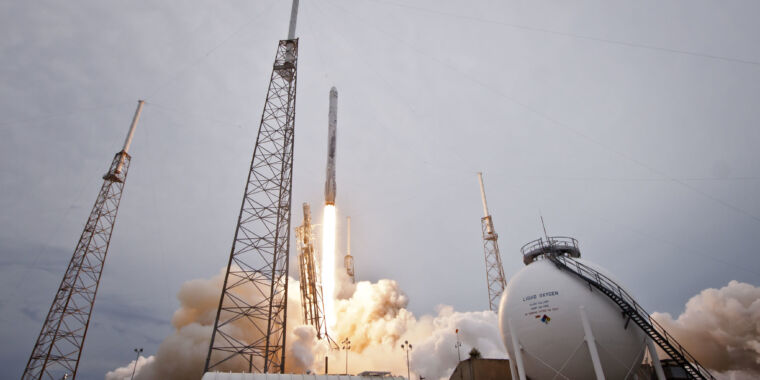They used the fire suppression system to make an ice patch on a leaking LOX line, which allowed propellant loading to complete. However, a lot of excess water collected in the flame trench, and drenched the rocket upon ignition.
They used the fire suppression system to make an ice patch on a leaking LOX line
I’m amazed that that worked. I guess it must have been a fairly low-pressure LOX line, or else I doubt the ice patch would have held.
It’s CRS-3.
Incidentally, it was the first mission to demonstrate the landing manoeuvre, albeit out in the ocean. The video was corrupted but the NSF forum helped SpaceX to tidy it up.
Thanks for posting! I wasn’t following SpaceX back then, so I was not familiar with this story.
Acronyms, initialisms, abbreviations, contractions, and other phrases which expand to something larger, that I’ve seen in this thread:
Fewer Letters More Letters LOX Liquid Oxygen NSF NasaSpaceFlight forum ~ National Science Foundation Event Date Description CRS-3 2014-04-18 F9-009 v1.1, Dragon cargo; soft ocean landing, first core with legs
[Thread #41 for this sub, first seen 20th Apr 2024, 05:00] [FAQ] [Full list] [Contact] [Source code]
This is the best summary I could come up with:
Following the ultimately successful liftoff of this third cargo Dragon mission to the International Space Station, SpaceX founder Elon Musk was asked about the incident during a news conference.
SpaceX initially targeted a window from the second half of January into the middle of February for this launch in 2014, but this was delayed due to a coolant leak on board the space station.
But the problems persisted, including a fire on the Air Force base near the launch site that caused issues with radars used to track rockets in flight.
A potent oxidizer in the combustion of rocket engines, liquid oxygen must be kept at very cold temperatures to prevent boiling, below minus-297° Fahrenheit (minus-147° Celsius).
At least tens of thousands of gallons, if not more, built up in the concrete flame trench beneath the rocket that carries gas and exhaust away from the vehicle during the initial seconds of launch.
At the moment of liftoff, and in the ensuing seconds afterward, Lim was focused on the stream of telemetry returning information about the health of the Falcon 9.
The original article contains 1,122 words, the summary contains 180 words. Saved 84%. I’m a bot and I’m open source!



